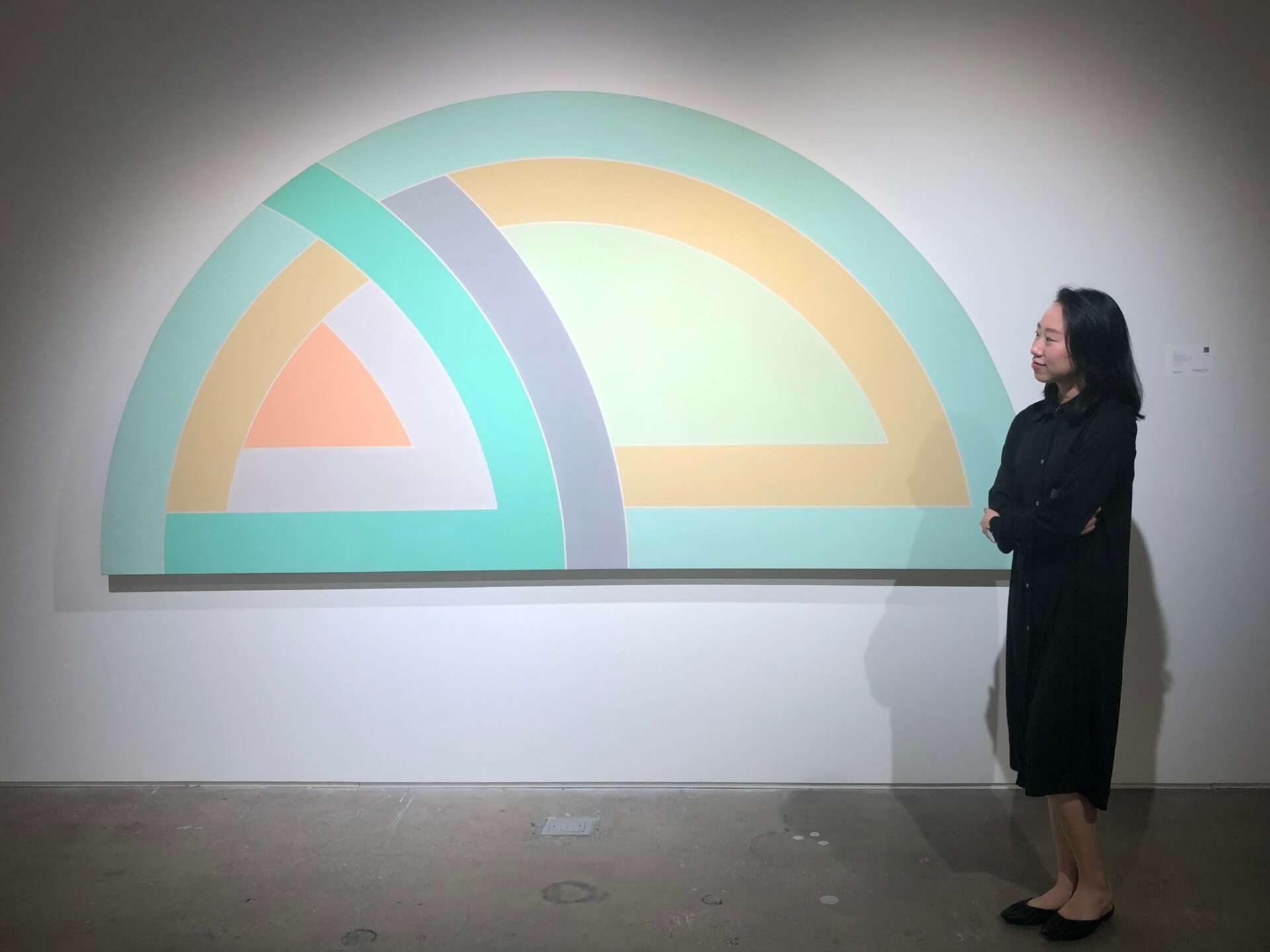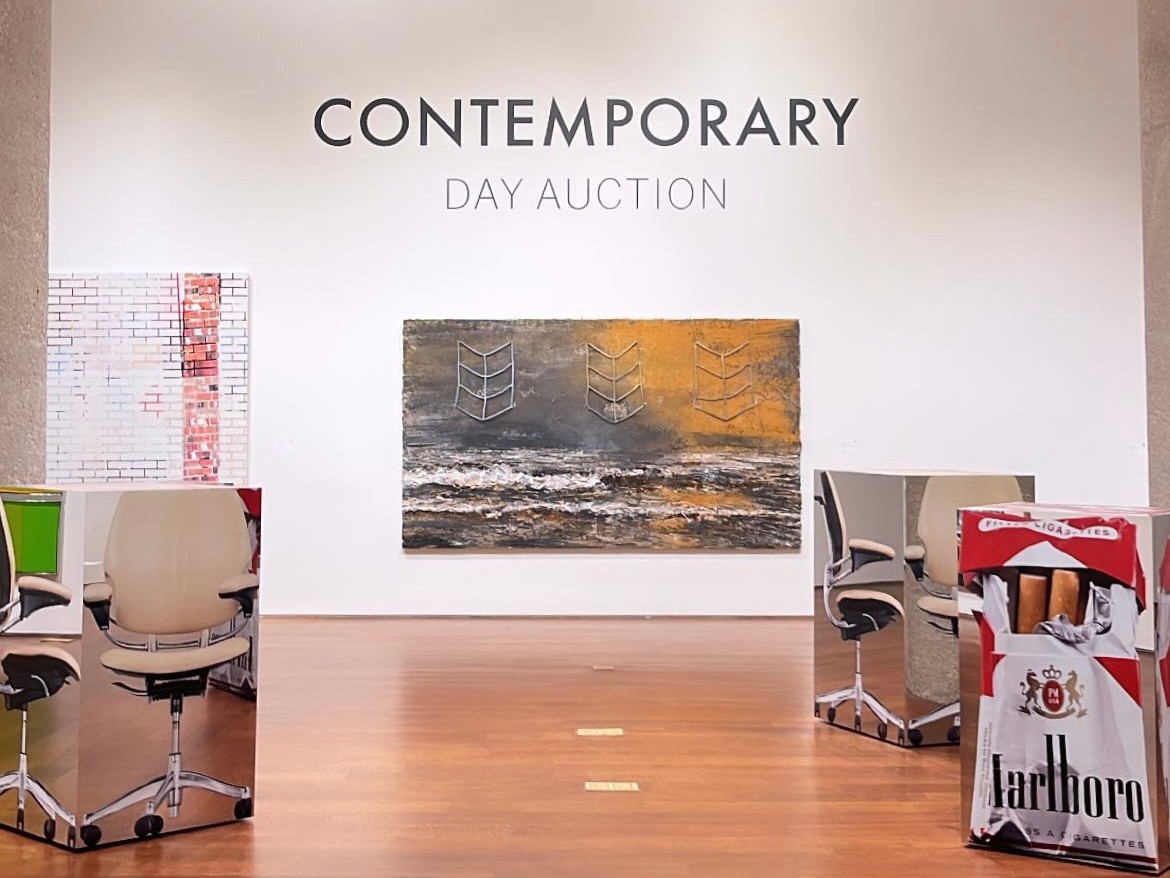We were lucky to catch up with Nicole Chen recently and have shared our conversation below.
Alright, Nicole thanks for taking the time to share your stories and insights with us today. Let’s start big picture – what are some of biggest trends you are seeing in your industry?
In the auction market, the expansion of categories being offered, notably in collectibles, is an important trend we see. While traditional fine art, decorative art, and luxury are still the backbone, collectibles of all kinds are making more frequent appearances. Within collectibles, sport memorabilia have garnered huge market interest in recent years, with significant game-worn jersey and sneakers fetching six figures or more in auctions. We are also seeing a rise of pop culture collectibles, ranging from a Wong Kar Wai signed film poster to a ring commissioned and owned by Tupac Shakur, coming to the auction block and making impressive results while generating a lot of interest in the press and social media.
Another interesting trend is auction houses’ increasing effort in leveraging the power of celebrities/tastemakers in engaging the audience and “selling the sale,” as we call it. Staging elaborate auction series with consignments from major estates has been an important part of the business model for centuries, but in recent year, auction houses are stepping up the game from the experiential aspects. For example, for the auction series last year Freddie Mercury: A World of His Own, Sotheby’s grouped the objects by themes such as On Stage, At Home, with Freddie Mercury’s most notable personal items or collections offered in an Evening Sale – all the objects are weaved into narratives centered around their lustrous owner. While a Cartier Brooch or a Hiroshige print have recognized art market value, the fact that they were owned by Freddie Mercury made them so much more desirable. Of course, such collections are hard to come by, but the momentum and the reach auction houses generate through the power of celebrity as tastemaker that are otherwise not present in a typical art auction is remarkable. As an art professional from the younger generation, I enjoy seeing how the auction market engages the wider public through the power of pop culture and creates conversations in addition to finding buyers, which I believe both trends speak to.

Nicole, love having you share your insights with us. Before we ask you more questions, maybe you can take a moment to introduce yourself to our readers who might have missed our earlier conversations?
With a love for visual arts from early on, I studied Studio Art, Economics, and Museum Studies as an undergrad at Colgate University. The hands-on experiences in making art – the time spent stretching canvas, mixing paint, making good and not so good artworks – have been formative to my path. To dive into my interest in the commercial side of art world further, I went on to complete my master’s degree in Arts Administration at Columbia University. I have worked at Sotheby’s since then and am currently the Post Sale Manager for Contemporary Art.
In this role, I lead a team and oversee the entire workflow that takes place after a Contemporary Art auction – from invoicing, assisting buyer on payment and movement of their acquisitions, reviewing payment in accordance with compliance, and managing payout for consignors – in short, I close out a sale financially and logistically. It has been incredible to work first-hand with great Contemporary artworks and play a role in closing out some of highest-value transactions in the art market. While my day-to-day work involves mostly payment and operations, when I have to think about an artwork’s physical properties, for example, the creative in me and my first-hand knowledge from being an artist come in handy. In addition to developing managerial abilities and business acumen through a challenging role, I also take pride of representing women of color in a sector that still has much room for improvement in diversity. Within the Contemporary Art space, social and racial subjects are central to the discourse, and it has been hopeful to see more artists of color enjoy commercial success. However, working in an environment where I look different than most of my colleagues and clients has been a reality I have had to navigate. It is important to me that, by occupying the space and excelling at what I do, I can encourage other women of color to do the same.
Aside from my work at Sotheby’s, writing has been an outlet for me to explore topics of interest within the art and to stay intellectually engaged. Topics I have written about range from Chinese Export Porcelain to the use of interactive strategies by musicians on a streaming platform. Having taken a brief break, I am excited to get back to writing this year and hopefully get to reach some audience through my work this way.

We often hear about learning lessons – but just as important is unlearning lessons. Have you ever had to unlearn a lesson?
As an artist and writer, I am a perfectionist and am quite particular about the end products I put out. However, soon after I started working full-time at an auction house, I had to break the habit. In a fast-pace business environment where I work with many people and many moving parts, getting something done is often more important than getting it perfect. It holds true in a general sense, though once I became a manager, I begin to understand the same principle in a different light. Many business decisions are time-sensitive; with experience comes better judgement of course, but it is still common one has to make a decision with limited information. In these scenarios, there might not be room for being a perfectionist; the strategy then becomes making a judgement that is most likely to maximize outcome.

How do you keep your team’s morale high?
As a manager, I take the training of my team seriously. The initial training period is a key moment to teach the job and to clarify expectations. After that, I ensure that continuous training is in place, so my team can develop their ability to handle more complicated and higher-level scenarios, thereby expanding the scope and depth of their existing knowledge. Once the team is fully trained, I trust their ability and expertise in handling things independently while providing my support whenever needed. To me, interpersonal dynamics also play an important role in people-managing. My managerial style is fairly casual on the most part; for me, it has been conducive in building trust, encouraging direct and timely communications, and fostering collaborations.
During busy auction seasons, our workload can be daunting with competing priorities. To maintain morale at these times, I believe it is important to recognize and understand the challenge as it is without diminishing it. While I ensure to clarify priorities and provide a roadmap, the support within the team is mutual – I count on my team as much as the other way around.


